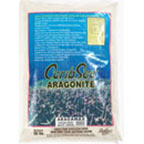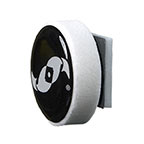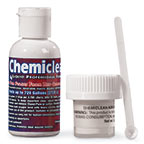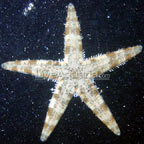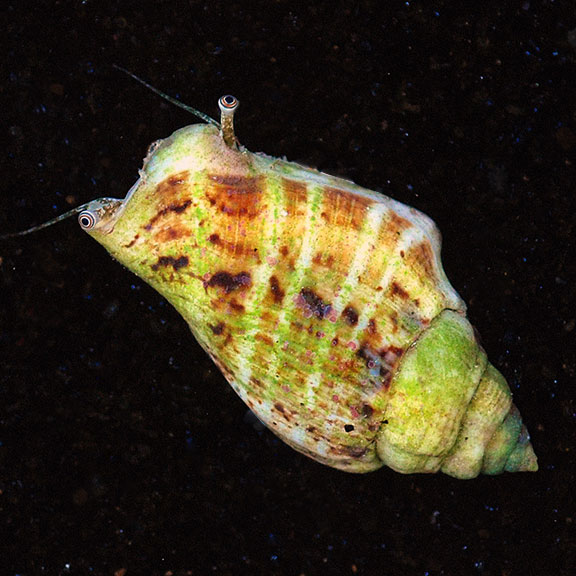
Additional locales and sizes may be available!
Additional locales and sizes may be available! Email me when availableQuick Stats
What do these Quick Stats mean? Click here for more information
What do these Quick Stats mean? Click here for more information
Overview
Praised for their hardiness, the Fighting Conch requires open, deep sand beds in which it can forage for food. Though multiple Fighting Conches should be housed in larger systems, single specimens are suited for any size reef aquarium. Keep in mind that the Fighting Conch has a voracious appetite; as such, supplemental feeding is required in smaller systems and recommended in even the largest aquarium setups.
Classified as an omnivore, the Fighting Conch will consume detritus from your aquarium substrate. Supply pieces of fresh fish and dried seaweed, as well as high quality frozen foods to supplement the diet of the Fighting Conch. Like other invertebrates, the Fighting Conch is sensitive to high levels of nitrate and will not tolerate copper-based medications.
Approximate Purchase Size: Asia and Tonga 1" to 2"; USA 2" to 4"




